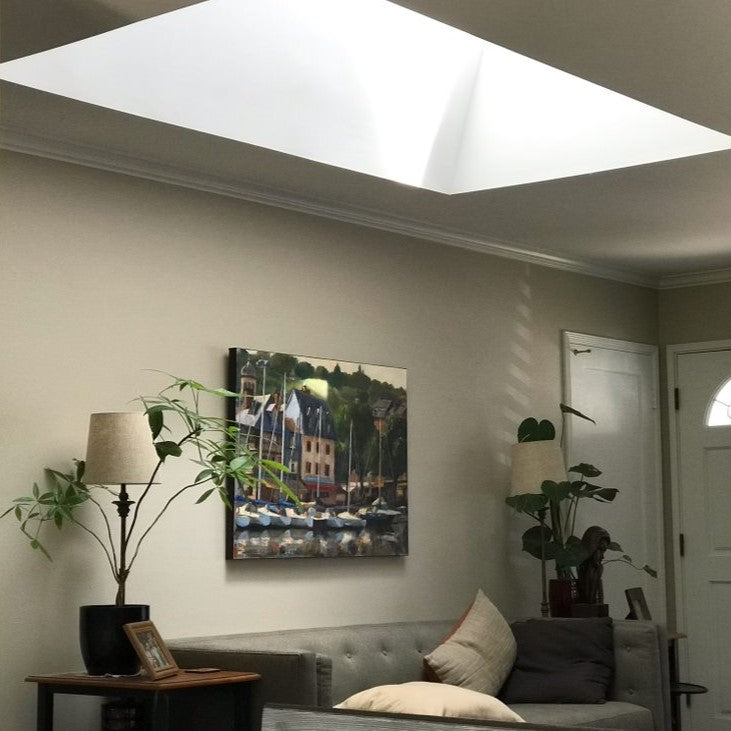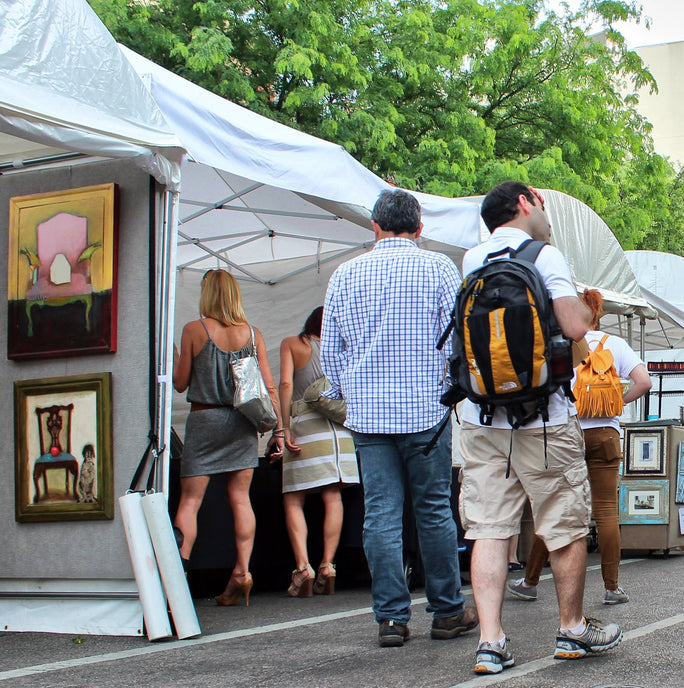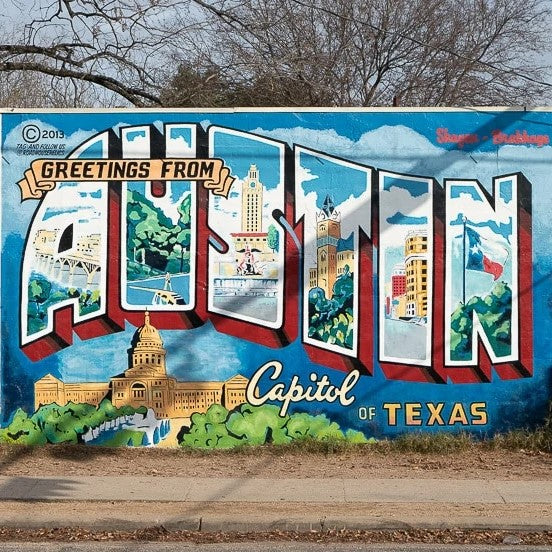Art to Foster Healing for Stroke Survivors



Art is unquestionably one of the purest and highest elements in human happiness. It trains the mind through the eye, and the eye through the mind. As the sun colours flowers, so does art colour life.
― John Lubbock
We find there are many reasons people seek out art and endless different types of art to which people are drawn. Recently we’ve been exploring how individuals connect with art for its healing qualities. Art has tremendous positive implications for everyday life, so it’s not surprising that it can also be beneficial for healing purposes.
Art for healing may take the form of hands-on creative applications as well as more passive experiential applications, in which we perceive art as the viewer. As we discussed in our last article, there are many conditions for which art can have meaningful therapeutic value, including as a means of healing for stroke recovery. Whether as an aid in physical healing or to address and mediate mental health struggles, both are critical elements of recovery for stroke survivors.
What is a Stroke?
According to the Mayo Clinic, a stroke occurs when the blood supply to part of the brain is interrupted or reduced, preventing brain tissue from getting oxygen and nutrients. There are different types of strokes as determined by the part of the brain that has been injured. While for some there may be minimal health implications, many others experience significant long-term disabilities as the result of a stroke, requiring them to re-learn basic life skills such as walking and talking. For stroke survivors over 65, more than half have long-term mobility and other disabling impairments. In addition to the physical aspects, for many patients, a stroke can cause issues such as depression and anxiety.
We’re taking a look at some of the ways in which art therapy can offer promising benefits for both the mental and physical challenges associated with strokes
(Please note that the following is not intended to be a substitute for professional medical advice, diagnosis, or treatment, and does not constitute medical or other professional advice)
Art as a Means of Healing
The value of art for healing, and in particular as it relates to cognitive function and well-being, is well established in recent years. This is especially true for stroke patients, whose recovery is dependent upon addressing both the physical and the psychological impacts of a stroke.
The experience of art as the creator
Therapy for stroke survivors typically involves the active engagement of the patient in hands-on art activities. Scientific studies that measure the brain’s activity in response to art stimulus have demonstrated that creating art has been shown to reduce cortisol levels in the brain, creating a sense of relaxation.
The American Stroke Association created the “Strokes for Stroke” program to encourage rehabilitation through art. For example, helpful activities for post-stroke recovery and ongoing brain engagement may involve painting, drawing, and molding clay to maintain and improve tactile capabilities, as well as improve the emotional well-being of stroke survivors.

Michael is a survivor who endured significant challenges after he had a stroke, including spending three months in the hospital. Like many others who’ve experienced the devastating impacts of a stroke, Michael felt a sense of fear, hopelessness, and depression following his discharge from the hospital. A local stroke association representative offered Michael tools for recovery and helped him find hope again for a meaningful life. Taking painting classes was one of the things that he found helpful and empowering, which restored his sense of hope for the future.
The Experience of Art as the Viewer
Although the value of creating art is clear as a therapeutic activity that engages the brain, even the experience of art as a more passive viewer improves outcomes for some stroke survivors. Viewing art may stimulate neural pathways and encourage new perspectives and how we perceive the world around us.
The results of a study of individual survivors who considered themselves art enthusiasts which compared them to those who did not indicated a better quality of life and general health outcomes for those who expressed an appreciation for the arts. The results also indicated that the self-described art lovers were typically calmer and less depressed.
Valerie Greene survived what was considered to be a massive stroke at the young age of 31. She has found artistic endeavors to be extremely therapeutic in her years since suffering the stroke. She is a well-known writer who has outlined her journey in books to encourage others and raise awareness about the dangers of strokes. Additionally, she collects and enjoys art featuring hearts, angels, and rays of light, all of which she finds uplifting and inspiring as a long-time stroke survivor.
Psychological Benefits
Depression and anxiety can be common and debilitating mental health concerns for patients who survive a stroke. One of every five stroke patients will experience depression within several years of the neurological event. Art therapy offers a holistic approach for helping to address the often difficult psychological and emotional impacts of a stroke.
In addition to more conventional therapy methods, art therapy offers a creative outlet for the survivor to express their fears as well as cope with anxious feelings and emotions. Many participants in art programs find the experience of creating art to be empowering and helpful in boosting their self-confidence. Additionally, witnessing art as a viewer can increase serotonin levels, enhancing feelings of happiness and well-being.
Functional Recovery Benefits
Rehabilitation and occupational therapy are often utilized to help stroke patients regain strength and mobility and re-learn basic life tasks. In complement to these efforts, art therapy has also been shown to have meaningful results for quality of life for some patients after a stroke.
It is believed that art therapy can facilitate healing in the brain thanks to stimulation that activates neuroplasticity. In this way, art is used by therapists to treat physical and cognitive issues that are the result of a stroke. Painting, for example, improves fine motor skills. Making pottery and shaping clay has similar benefits, and utilizes muscles in the body which may also be impacted by stroke and require exercise. Woodworking is recommended for some stroke survivors as well in that it engages gross and fine motor skills, and employs the use of problem-solving skills.
We hope you’ve gained insight into some of the many ways that art can provide healing, including for stroke survivors. You can explore UGallery’s collections of original art, many of which are focused on peace and optimism, and check out new art weekly on our website.





